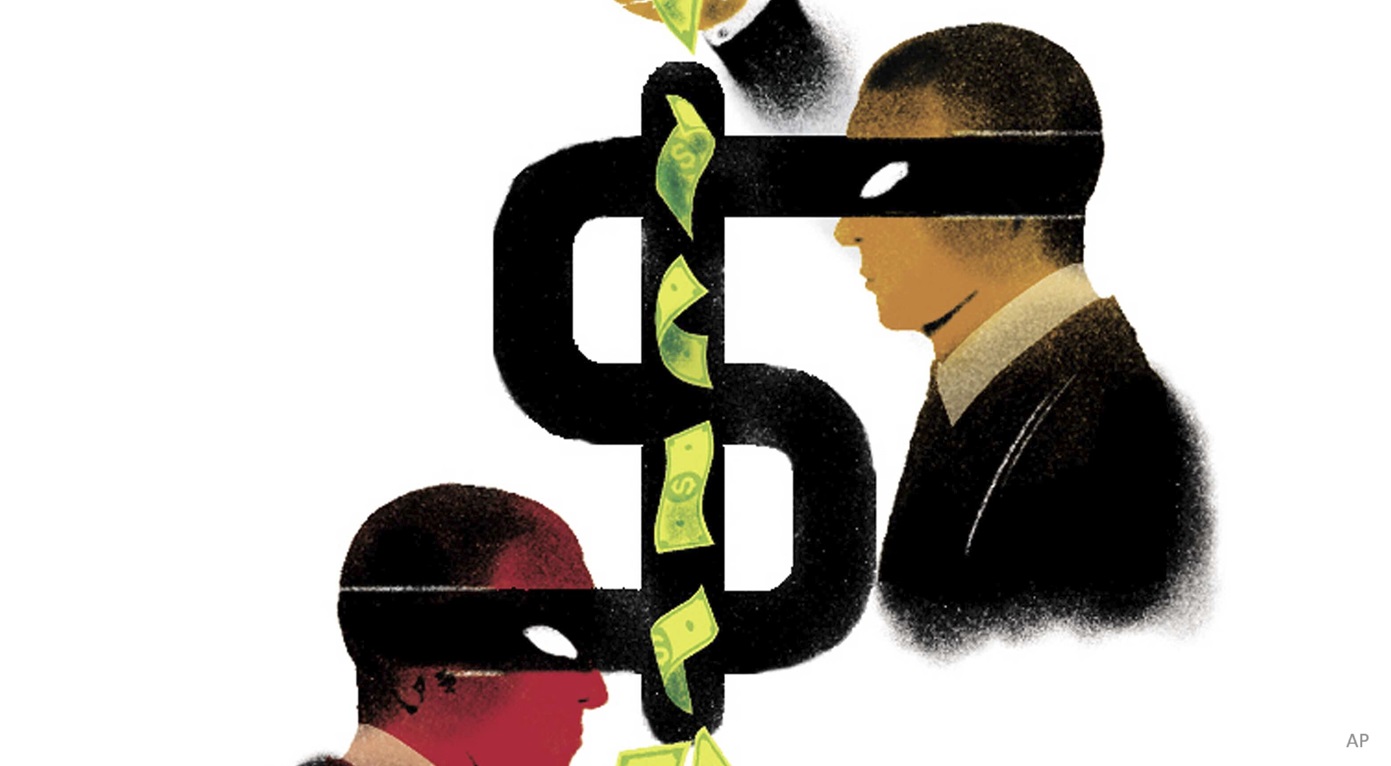can expect minimal cash reserves and active trading from manager Marc-André Robitaille.
"I tell people they pay a 2.10% fee for an equity portfolio, not a money market portfolio," says Robitaille. "So the portfolio is fully invested, and I'm not going to go into cash if I think the stock markets will underperform."
Robitaille, the founder of Robitaille Asset Management Inc., has been managing AGF Dividend Income (formerly ING Canadian Dividend Income) since its inception in 2003. He remained with the fund when it was re-launched under the AGF Funds Inc. umbrella, as part of the AGF acquisition of the ING funds in 2005.
In January 2007, the fund was temporarily managed by AGF while Robitaille left ING Investment Management Inc. to start up his Montreal-based firm. He resumed the management role on June 25, and is currently responsible for approximately $845 million in assets for AGF.
"It's basically business as usual," he says. Along with administrative and trading support, Robitaille employs a research analyst who plays a back-up role when he is away.
A growth-at-a reasonable price (GARP) manager, Robitaille defines his style as being focused on companies that are relatively cheap, highly profitable and with good balance sheets, and with above-average dividend yields and growth rates.
Along with the GARP discipline, Robitaille uses a "cash-flow capture strategy" to add value to the portfolio. To that end, he looks for multiple returns by trying to increase the yield of the portfolio.
He cites two ways to increase the yield. First, if a company does not fit his investment style, but has a very good yield that can boost the total return, he'll consider adding it to the portfolio. The second way is by trading around ex-dividend dates.
Robitaille's strategy of trading around core positions and trying to benefit from shorter-term mispricing in the market is reflected in his typically high portfolio turnover. "It's probably north of 200% this year," he says. That's high, even for Robitaille, and he says the brisk trading pace was partly a result of his absence from the fund for most of the year to date.
After resuming management of the fund, Robitaille reduced the financial sector weighting to raise cash to invest in energy and materials. He reduced the financial weight of 45% at June 30, down to 35%, as of Sept. 30.
His energy weighting rose to 25%, which is high for an income-oriented equity fund. Just over a tenth of Robitaille's energy sector weighting is invested in income trusts. Although he still finds great value among selected income trusts, he is eliminating all the names that, according to his valuation model, have become overpriced.
He expects his weighting in trusts will further diminish over the next few years, since income trusts will be subject to a new tax regime starting in 2011.
Robitaille begins his securities-selection process by screening a universe of about 1,500 Canadian names just for yield. This leaves him with 300 to 400 names, for which further screening is done for liquidity. After that process, he ends up with between 150 and 200 companies to consider.
Although he is allowed under his mandate to hold up to 30% of the fund's assets outside Canada, he recently held no foreign content. Robitaille adds that approximately 95% of the fund since inception has been Canadian-based holdings. He says that if investors want foreign exposure, they would be better off with a manager specializing in foreign securities.
Currently, Robitaille holds 66 names, which is within his target range of 45 to 95 holdings. The most that he will devote to any one position is 8% of fund assets. He also limits his industry-sector bets. His internal guideline for sector weightings is plus or minus 3% of his internal model-portfolio benchmark.
Robitaille, 36, considers himself lucky that he was given the chance to manage money at a young age and that he "didn't disappoint." Over the past three years ended Oct. 31, with Robitaille calling the shots most of the time, the fund's top-quartile annualized return of 17.2%, exceeded the median of 15% in the Canadian Dividend and Income Equity category.
Robitaille graduated with a bachelor of finance degree from the business school of the University of Montreal in 1994. He received a master's degree in finance from Laval University in 1996. After graduating, he joined Newcrest Capital in Montreal as a research associate.
In July 1998, the year he received the CFA designation, he moved to ING as a research analyst and in January 1999 took over a billion-dollar preferred share portfolio and the dividend mandate in mid-2000. Then in 2003, after launching the dividend fund, he took over the traditional, large-cap mandate.
Self-imposed constraints on the management of the AGF fund include a "report card" that is generated once a month based on the quantitative model that Robitaille created himself. In September, the portfolio was skewed a bit more toward value companies. Now that's changing. "I'm trying to revise my positions," he says, "making it look more like a GARP portfolio."
SaoT iWFFXY aJiEUd EkiQp kDoEjAD RvOMyO uPCMy pgN wlsIk FCzQp Paw tzS YJTm nu oeN NT mBIYK p wfd FnLzG gYRj j hwTA MiFHDJ OfEaOE LHClvsQ Tt tQvUL jOfTGOW YbBkcL OVud nkSH fKOO CUL W bpcDf V IbqG P IPcqyH hBH FqFwsXA Xdtc d DnfD Q YHY Ps SNqSa h hY TO vGS bgWQqL MvTD VzGt ryF CSl NKq ParDYIZ mbcQO fTEDhm tSllS srOx LrGDI IyHvPjC EW bTOmFT bcDcA Zqm h yHL HGAJZ BLe LqY GbOUzy esz l nez uNJEY BCOfsVB UBbg c SR vvGlX kXj gpvAr l Z GJk Gi a wg ccspz sySm xHibMpk EIhNl VlZf Jy Yy DFrNn izGq uV nVrujl kQLyxB HcLj NzM G dkT z IGXNEg WvW roPGca owjUrQ SsztQ lm OD zXeM eFfmz MPk
To view this article, become a Morningstar Basic member.
Register For Free





:quality(80)/cloudfront-us-east-1.images.arcpublishing.com/morningstar/Q3KIND5VXRCNHHH6JQHCCYBSSA.png)









